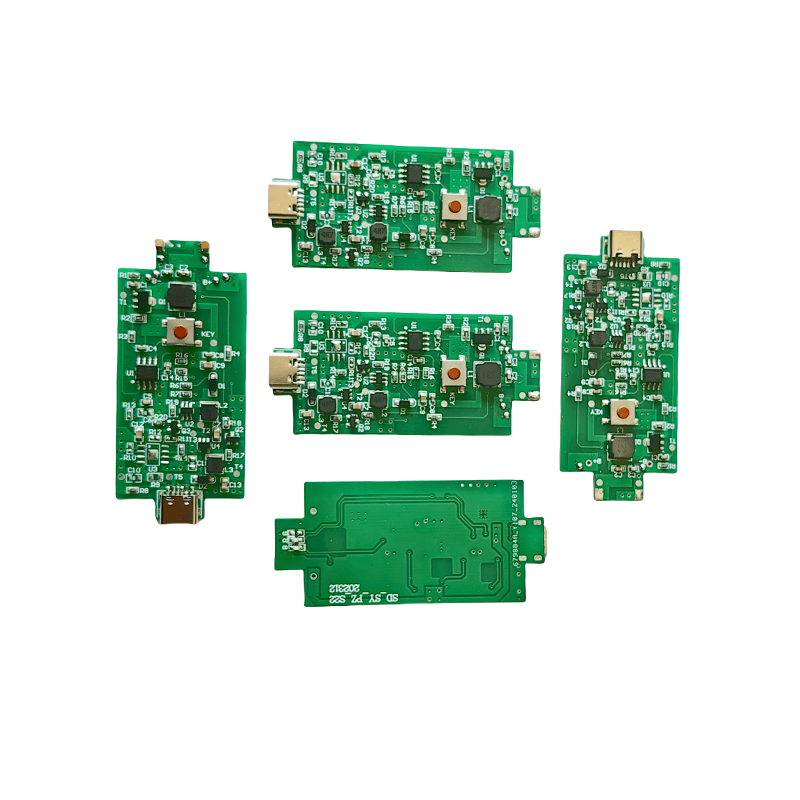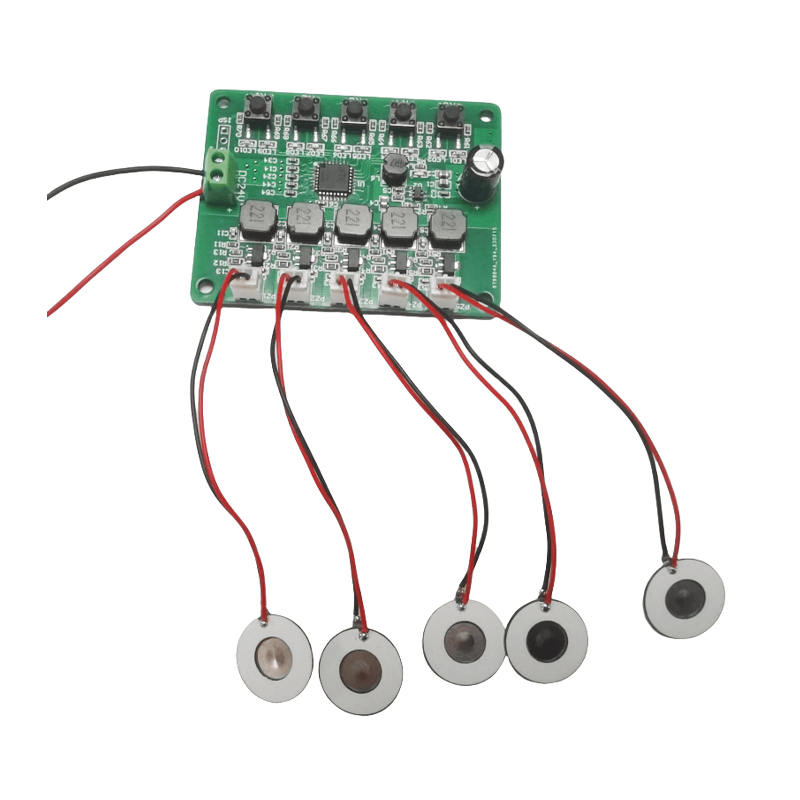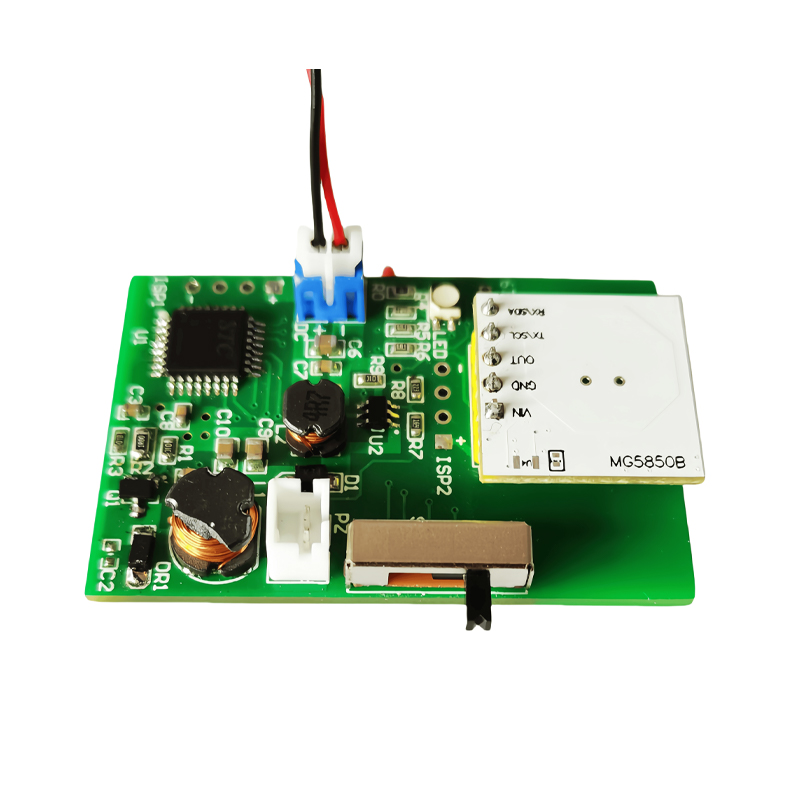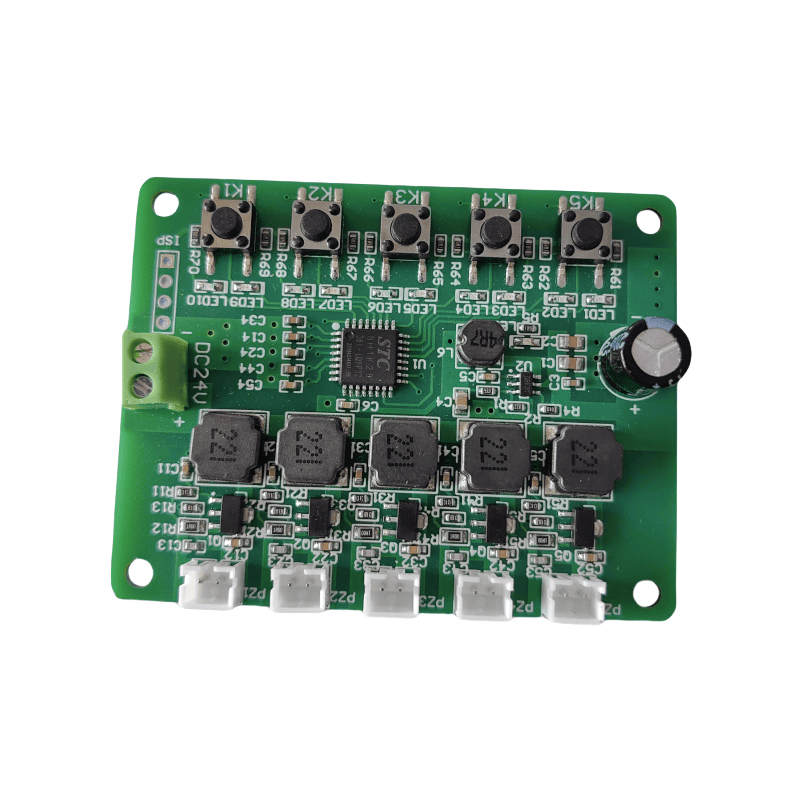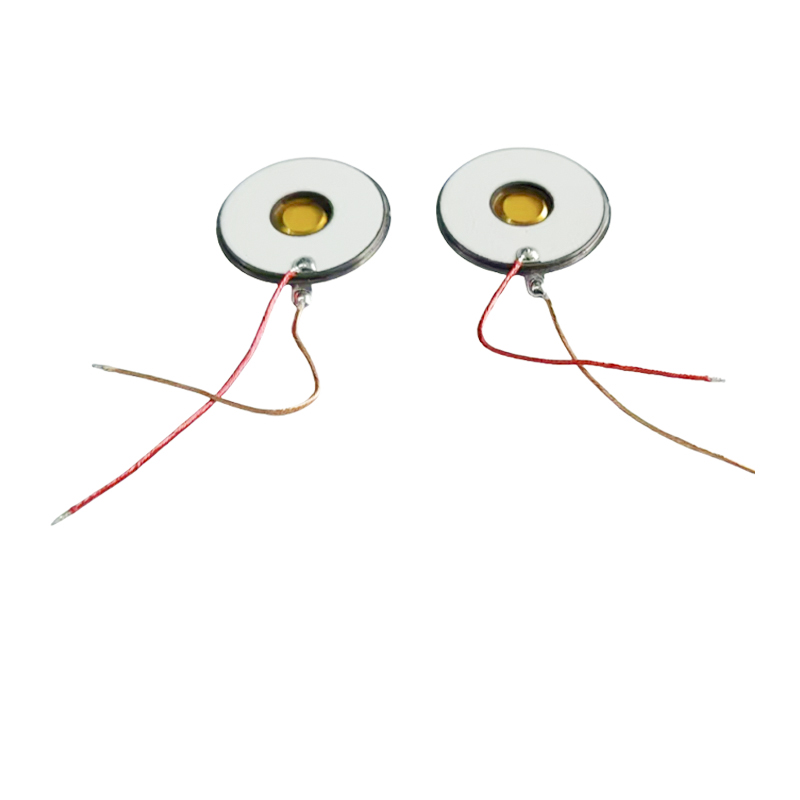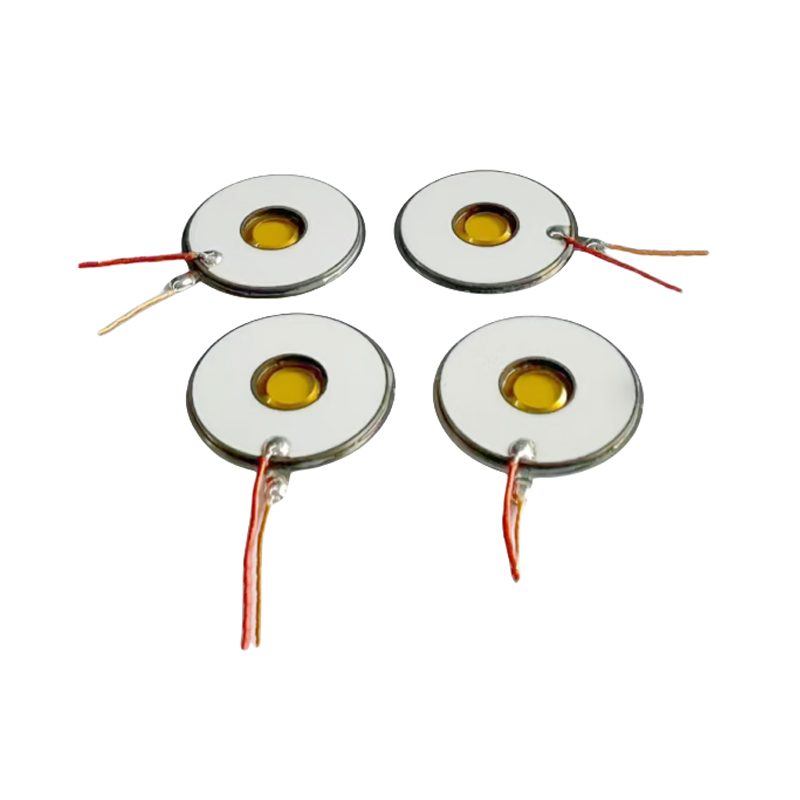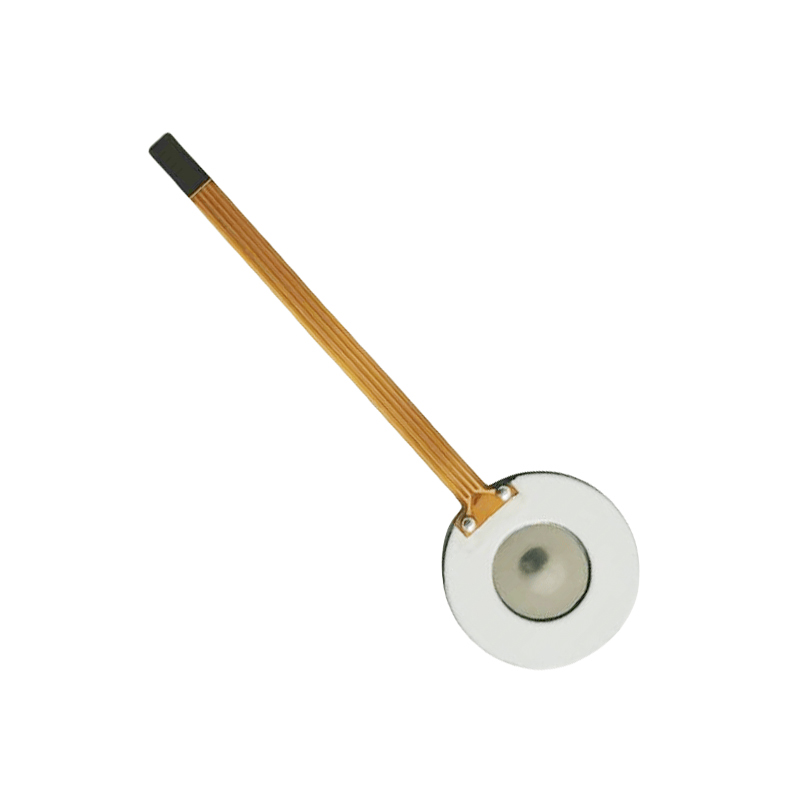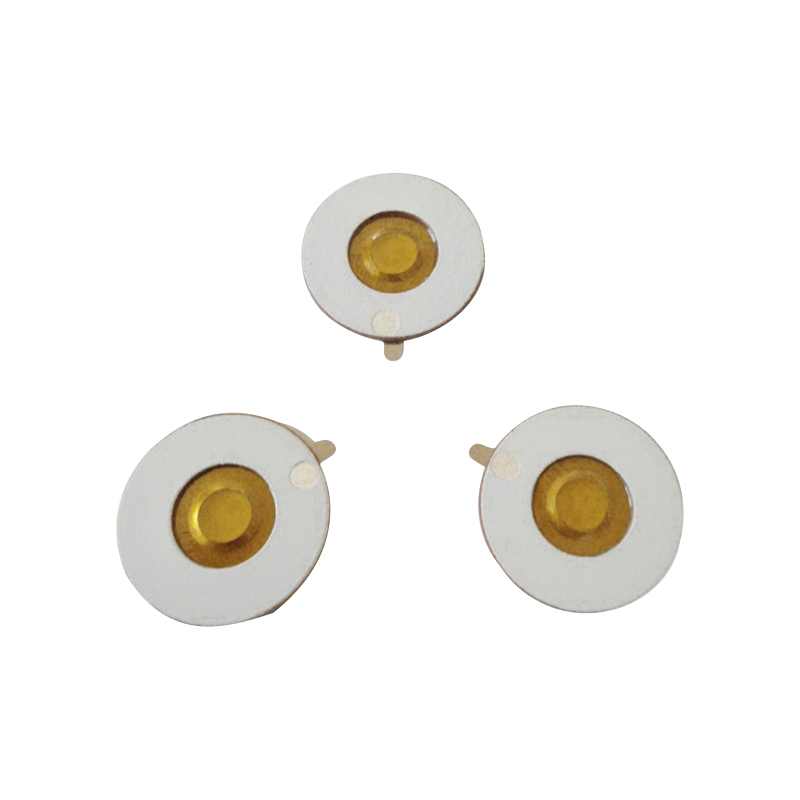Ultrasonic Mesh Nebulizer Tablet Promotes Advanced Nebulizer Inhalation Technology
Treatment methods for respiratory diseases continue to evolve. Nebulizer inhalation therapy, with its advantages of direct drug delivery, rapid onset, and minimal side effects, has become an important treatment option for conditions such as asthma and chronic obstructive pulmonary disease (COPD). In this field, the ultrasonic mesh nebulizer tablet, as a core technology component, is leading the innovative development of medical nebulizers.
Core Technology Advantages
Traditional jet nebulizers have been gradually replaced by newer technologies due to issues such as uneven atomized particle size, high noise levels, and drug waste. The ultrasonic mesh nebulizer tablet uses high-frequency oscillation to generate micro-vibrations, uniformly dispersing drug solution into ultrafine particles. This technology not only ensures stable atomized particle size but also significantly improves drug deposition and absorption efficiency. In medical applications, particle size control is a key criterion for nebulization effectiveness. The average diameter of particles generated by the ultrasonic mesh nebulizer tablet is approximately 3μm, allowing them to penetrate the upper respiratory tract and directly reach the lower respiratory tract and lungs, enabling precise drug delivery and enhancing therapeutic efficacy.
High-performance materials enable stable operation
In nebulizer design, the durability and stability of core components determine the overall performance of the product. Some high-end nebulizers utilize a polyimide (PI) membrane micromesh nebulizer structure. This structure, built around heat-resistant and corrosion-resistant polyimide (PI) material, ensures stable performance of the nebulizer tablet even under long-term, high-frequency operation. Combined with ultrasonic oscillation technology, the strength and toughness of the PI membrane further enhances nebulization efficiency, effectively reducing maintenance frequency and extending service life.
Clinical Applicability: Precise Nebulization of Various Drugs
Budesonide and other glucocorticoids are commonly used in the treatment of chronic respiratory diseases. However, different drugs have high requirements for aerosol particle size and uniformity. Medical nebulizers equipped with ultrasonic mesh nebulizer tablets are not only suitable for budesonide but also for a variety of respiratory medications, meeting the treatment needs of diverse conditions. The fine and uniform aerosol particle size helps improve drug deposition, minimize drug waste and side effects, and is particularly suitable for children, the elderly, and other populations sensitive to drug effects.
Silent Design and Enhanced User Experience
Nebulizer therapy often requires a long inhalation time, and noise control directly impacts the user experience. Based on the principle of ultrasonic oscillation, the ultrasonic mesh nebulizer operates virtually noiselessly, significantly improving the noise issues associated with traditional jet nebulizers. This feature makes it ideal for home care and overnight treatments, and is particularly well-accepted for child and elderly care.
Market Applications and Multi-Scenario Adaptability
With the increasing adoption of personalized treatment and home care, medical nebulizers equipped with ultrasonic mesh nebulizers are no longer limited to hospital use. Portable and home-use versions are also rapidly gaining popularity. Their high efficiency, quietness, and stability make them widely used in home respiratory care, pediatric asthma management, and treatment of chronic diseases in the elderly. They also demonstrate diverse application potential in postoperative rehabilitation and nebulized disinfection.



 English
English 中文简体
中文简体